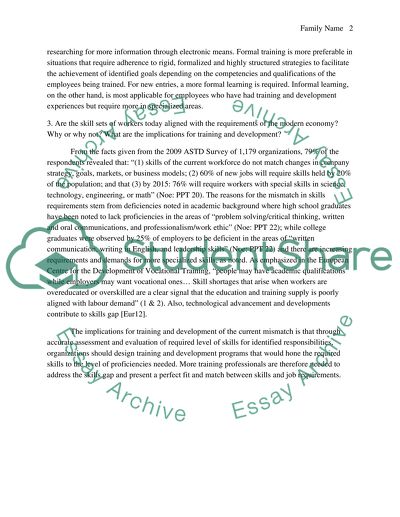Cite this document
(“HR Questions Essay Example | Topics and Well Written Essays - 500 words”, n.d.)
HR Questions Essay Example | Topics and Well Written Essays - 500 words. Retrieved from https://studentshare.org/miscellaneous/1588103-hr-questions
HR Questions Essay Example | Topics and Well Written Essays - 500 words. Retrieved from https://studentshare.org/miscellaneous/1588103-hr-questions
(HR Questions Essay Example | Topics and Well Written Essays - 500 Words)
HR Questions Essay Example | Topics and Well Written Essays - 500 Words. https://studentshare.org/miscellaneous/1588103-hr-questions.
HR Questions Essay Example | Topics and Well Written Essays - 500 Words. https://studentshare.org/miscellaneous/1588103-hr-questions.
“HR Questions Essay Example | Topics and Well Written Essays - 500 Words”, n.d. https://studentshare.org/miscellaneous/1588103-hr-questions.


